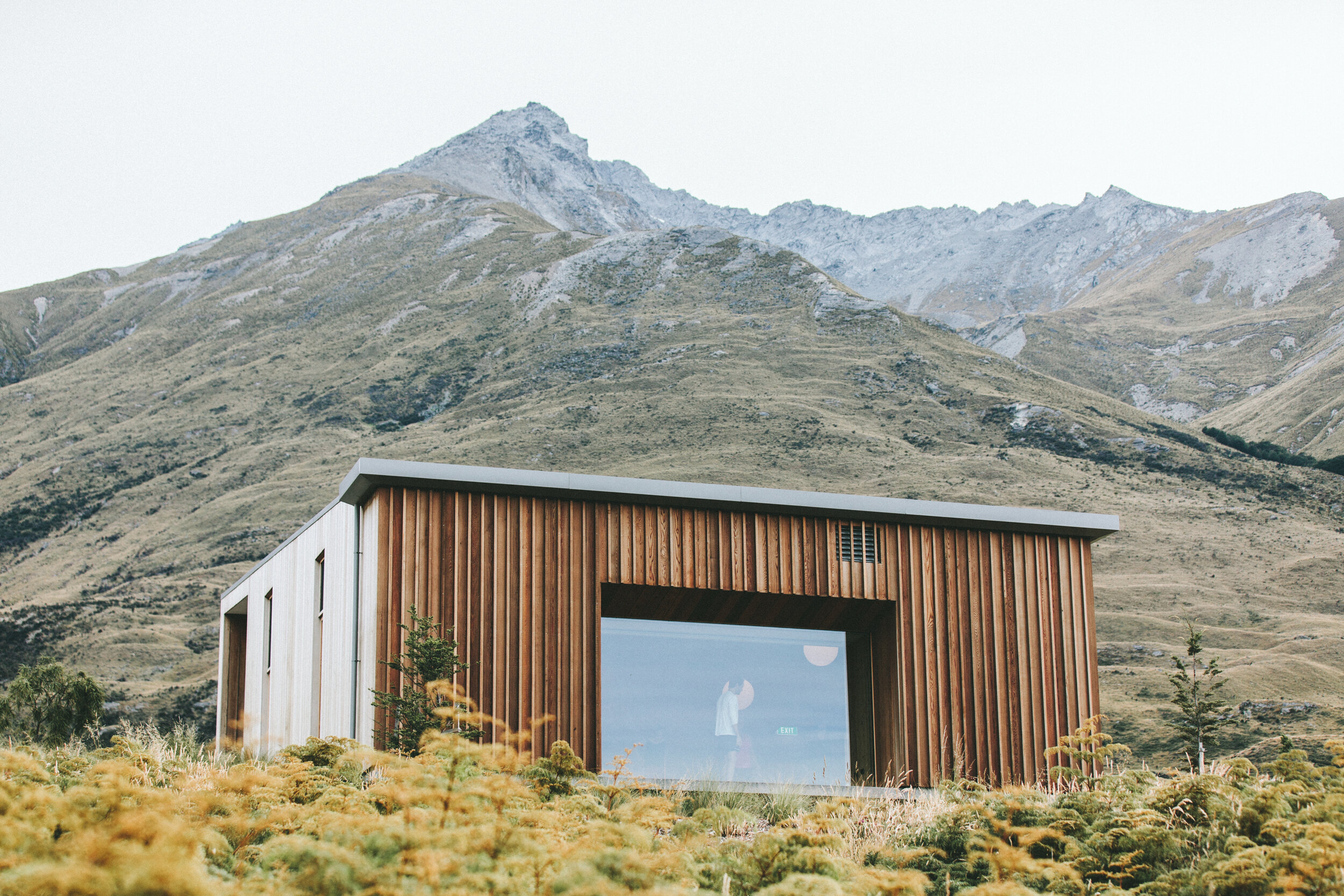Equipment selector
How did I redesign the equipment selector to reduce project delay on average by around 10 days?
Problem & Introduction
As part of a larger initiative to redesign the application process for renewable energy projects, one step stood out as a major bottleneck: reporting the solar equipment used—such as panels, batteries, and inverters.
Our platform’s Equipment Selector was outdated and confusing. It caused users to misreport equipment, get stuck mid-application, or require manual assistance from internal teams. These issues had real impact.
As a regulated utility company, failing to meet annual connection targets can result in fines ranging from $2 million to $5 million each year."
Role: Product Designer
Year: 2024
Deliverables
Stakeholder interviews
Competitive analysis
Heuristic evaluation
Current & future state journey maps
Two rounds of usability testing
Wireframes & interactive prototypes
Final high-fidelity designs
Workshops with engineers & reviewers
Team: Product Manager, Engineers, Stakeholders
Duration: 3 months
Both internal project managers and external renewable project developers face major issues with the current equipment selector
We spoke to both internal and external users—project managers and solar developers to understand where breakdowns occurred. Pain points included:
No error-proofing: Equipment input often didn’t match the electrical line diagrams, requiring manual verification by engineers.
Lack of support for equipment changes: Tasks like replacing or decommissioning old/broken equipment do not exist on the current user flow.
Overwhelming data fields: Equipment detail pages included complex fields without help-text or examples—challenging for non-technical users.
Poor catalog usability: Large catalog required exact matches to search. Identical-looking options (e.g., Tesla PowerWall) caused confusion since for solar project the exact same equipment can have various settings and be used differently.
No reuse of common data: Users often input the same equipment for every application but had to start from scratch each time.
Poor visibility: Equipment selector was buried under the "Application Form" with no clear signifiers.
Hueristic evaluation
Stakeholder interview notes
Developer Affinity Mapping
Our Services
-

Basic
What should we know about the services you provide? Better descriptions result in more sales.
-

Intermediate
What should we know about the services you provide? Better descriptions result in more sales.
-

Advanced
What should we know about the services you provide? Better descriptions result in more sales.

“It all begins with an idea. Maybe you want to launch a business. Maybe you want to turn a hobby into something more. Or maybe you have a creative project to share with the world. Whatever it is, the way you tell your story online can make all the difference.”
— Squarespace